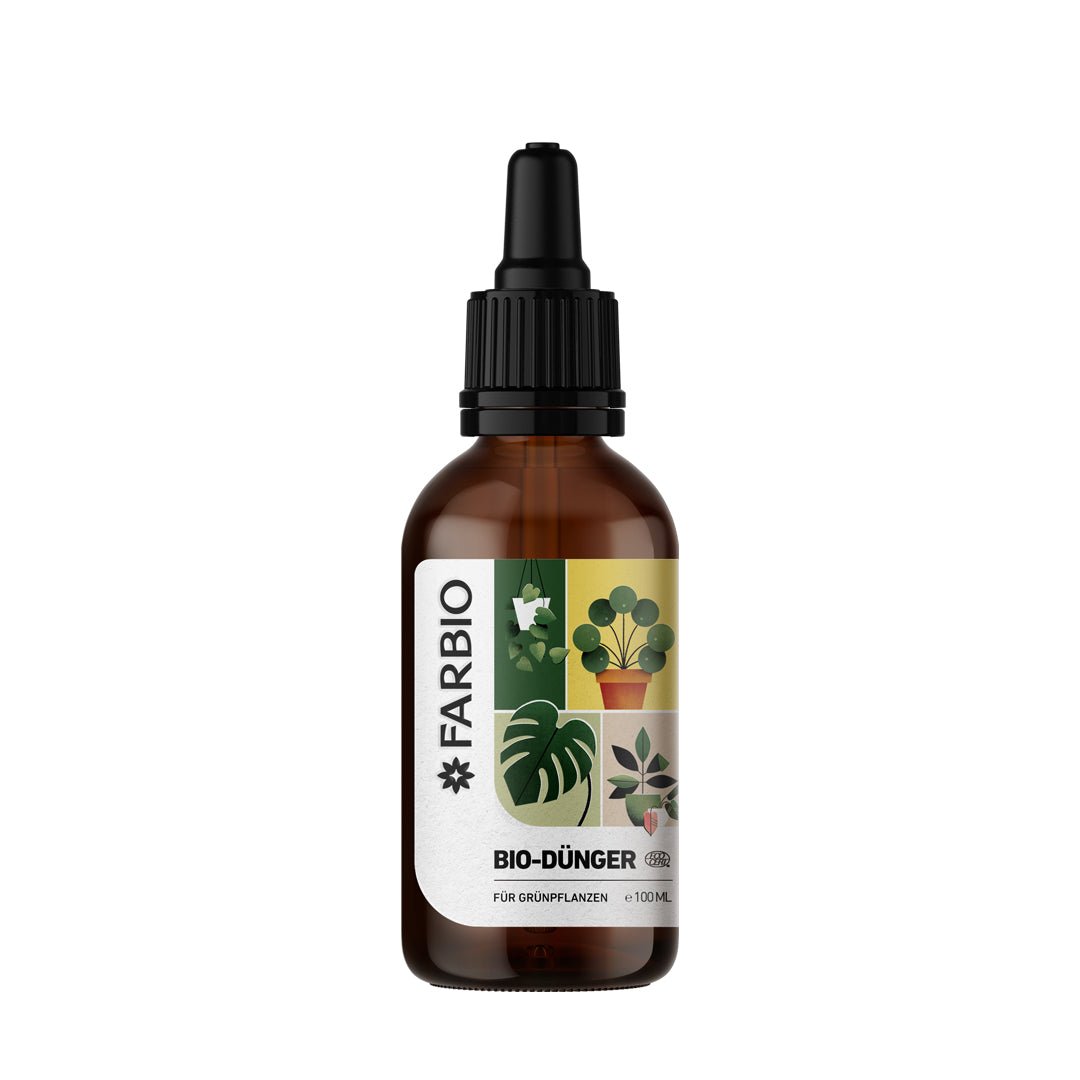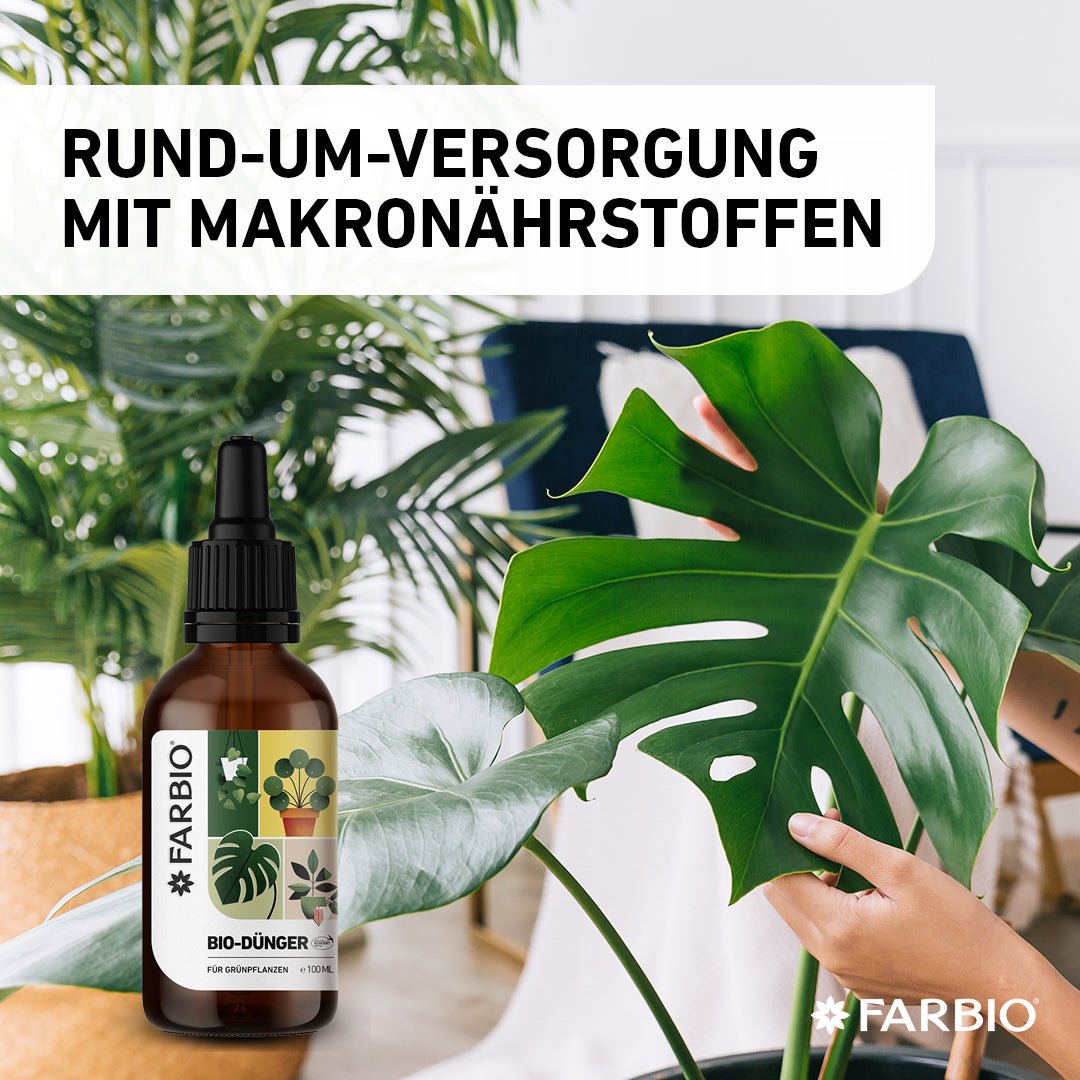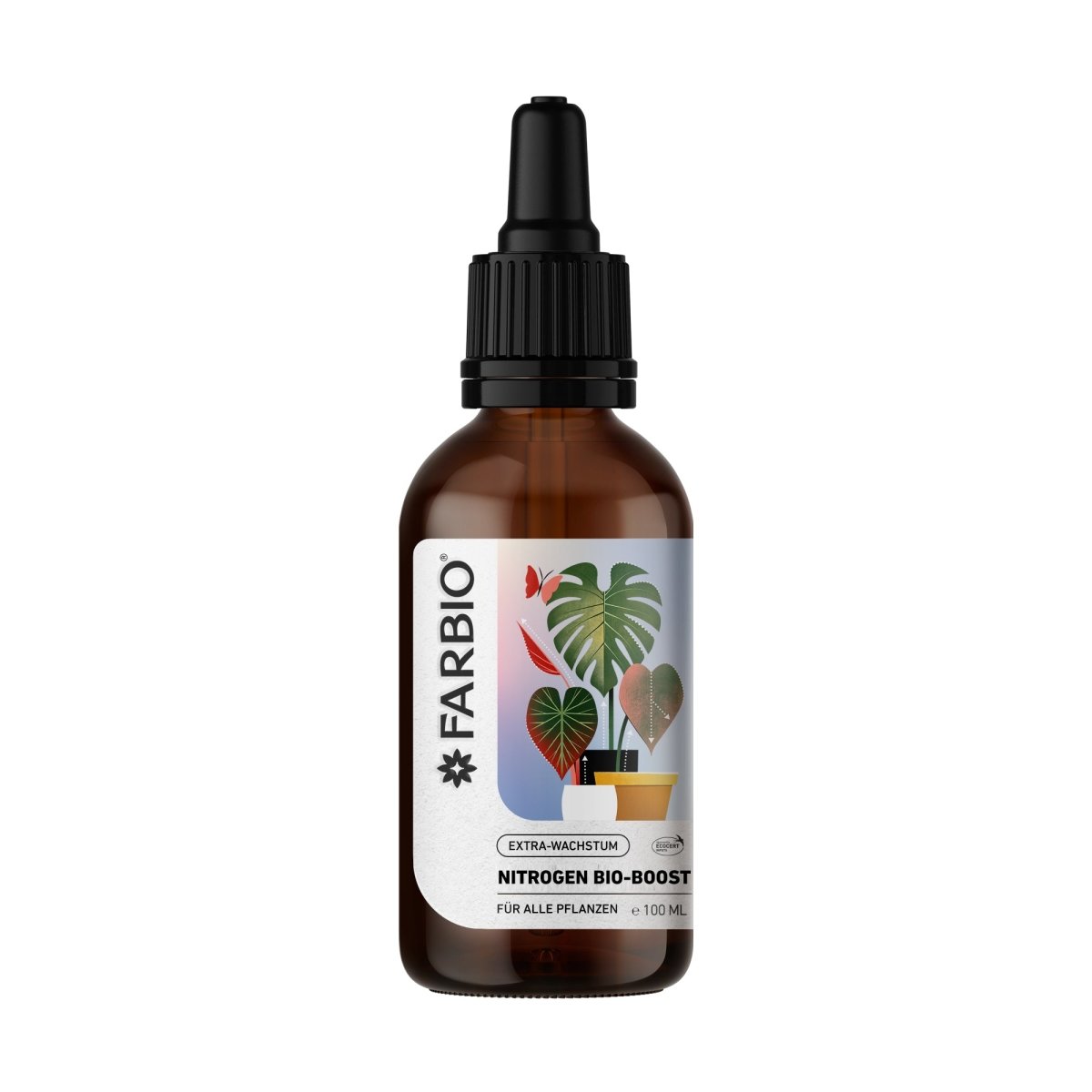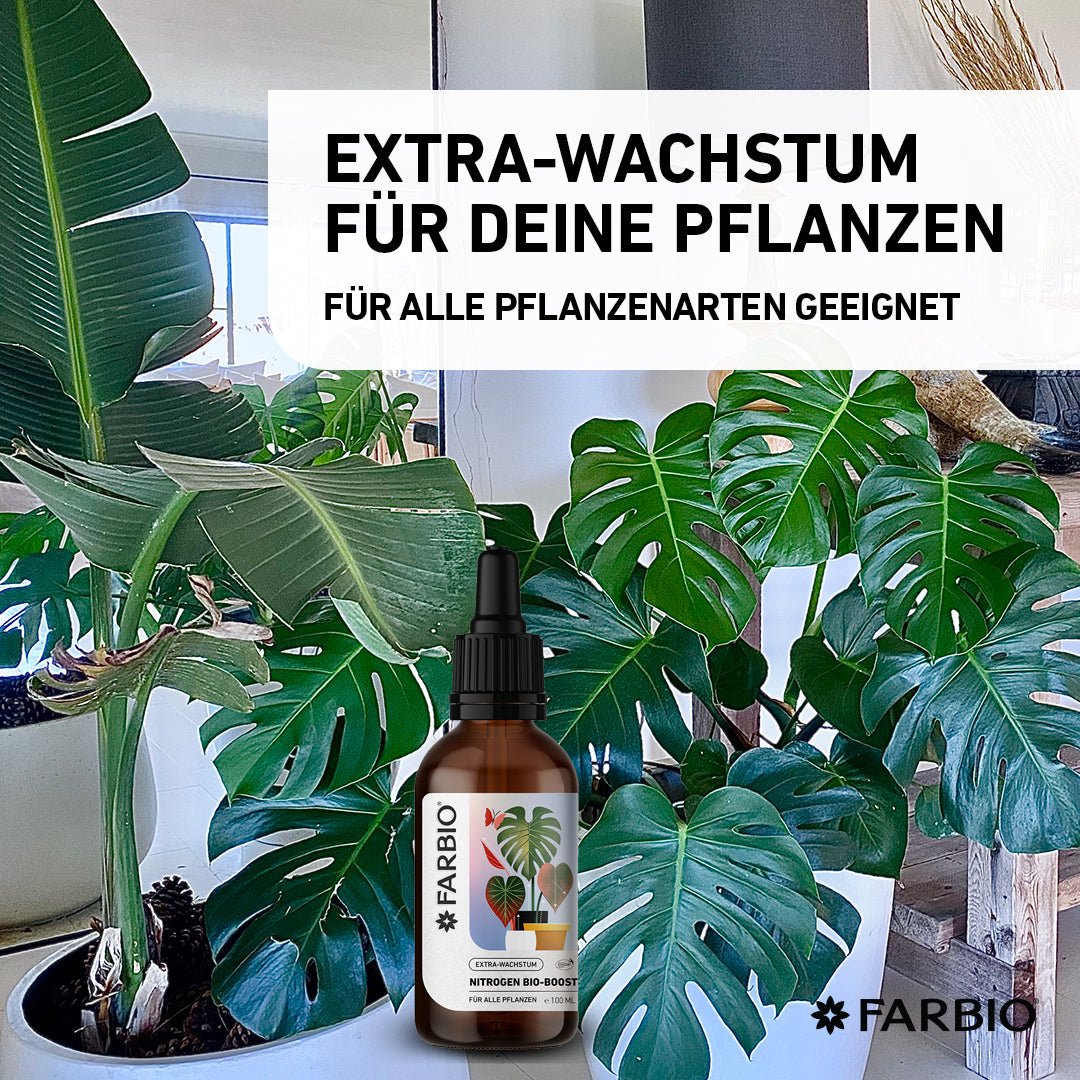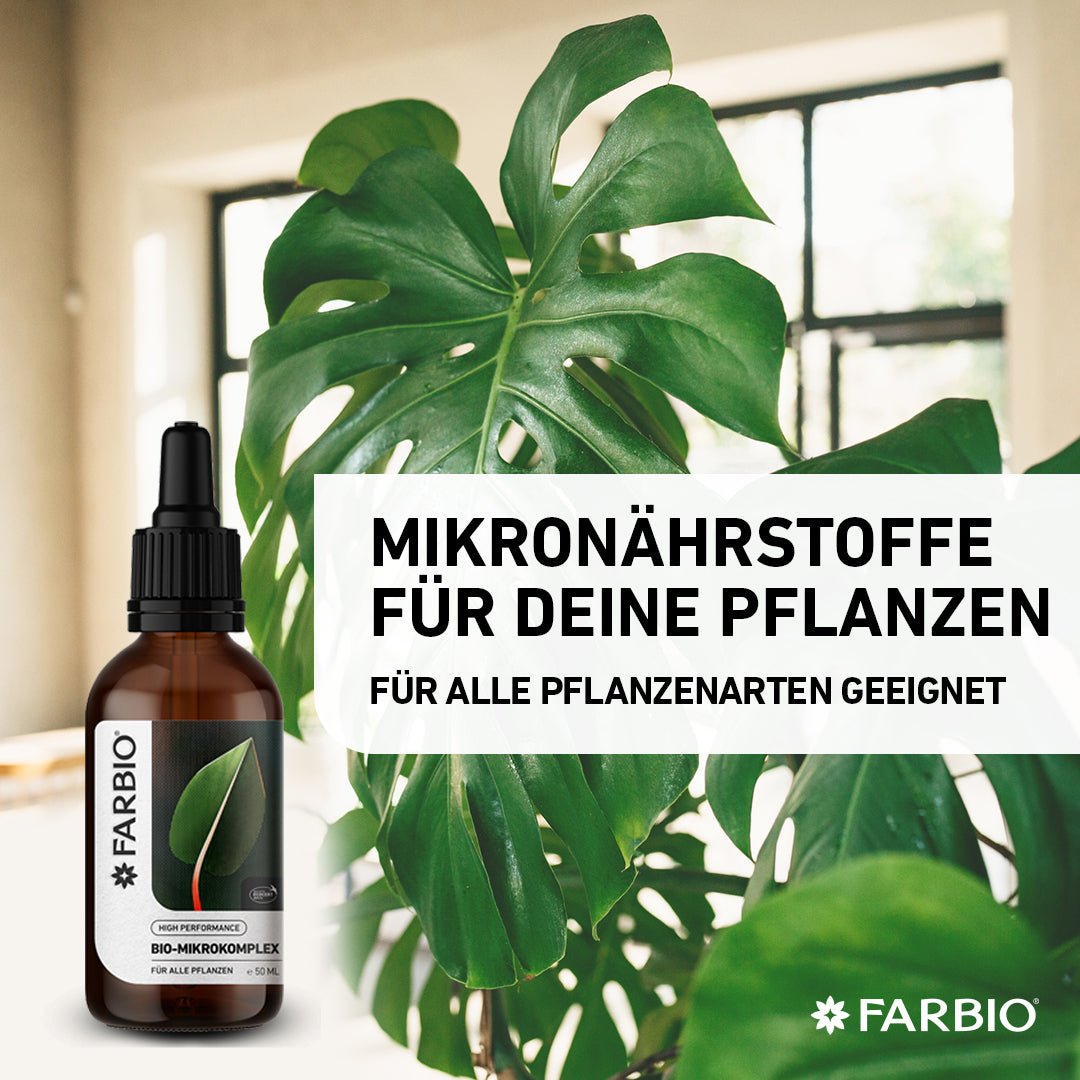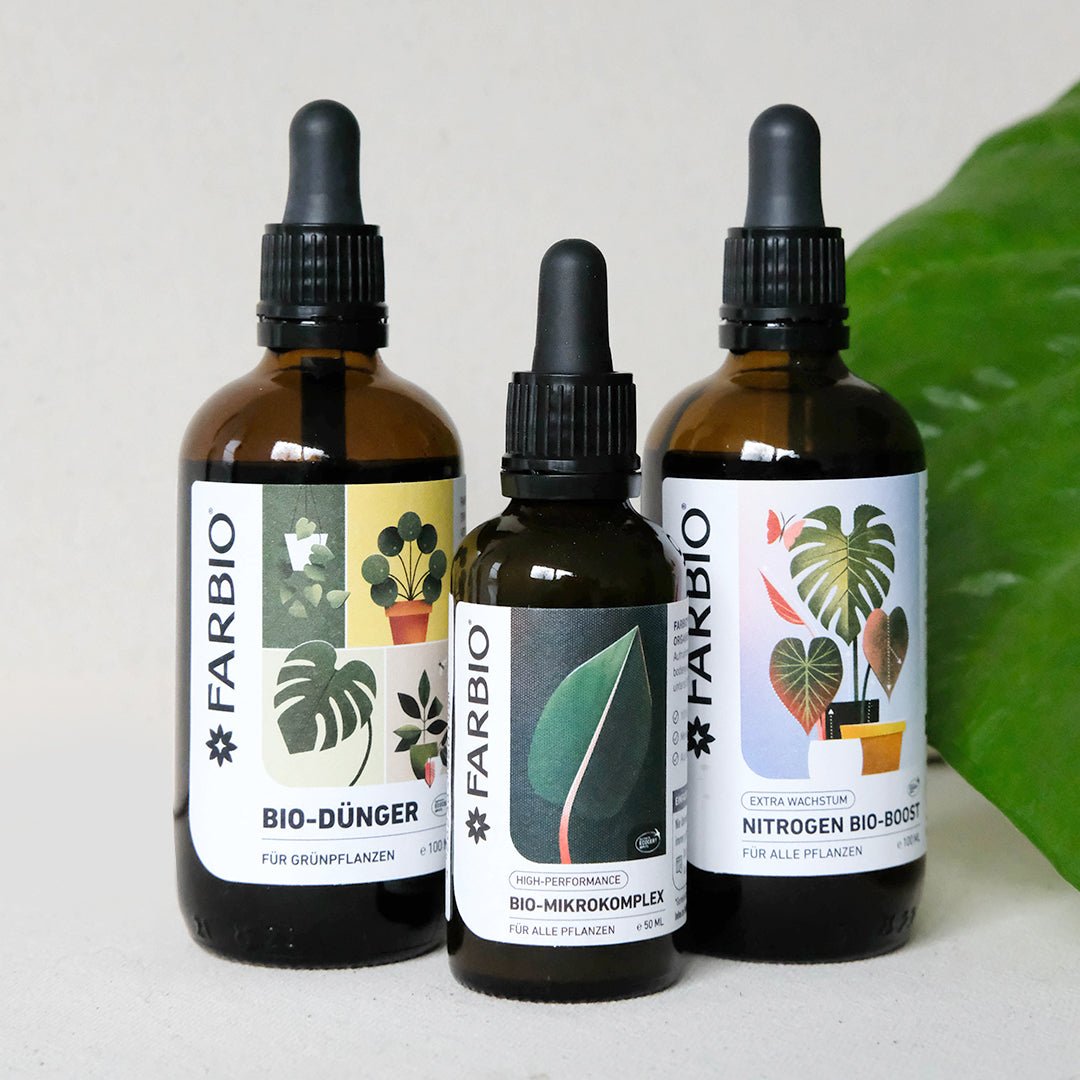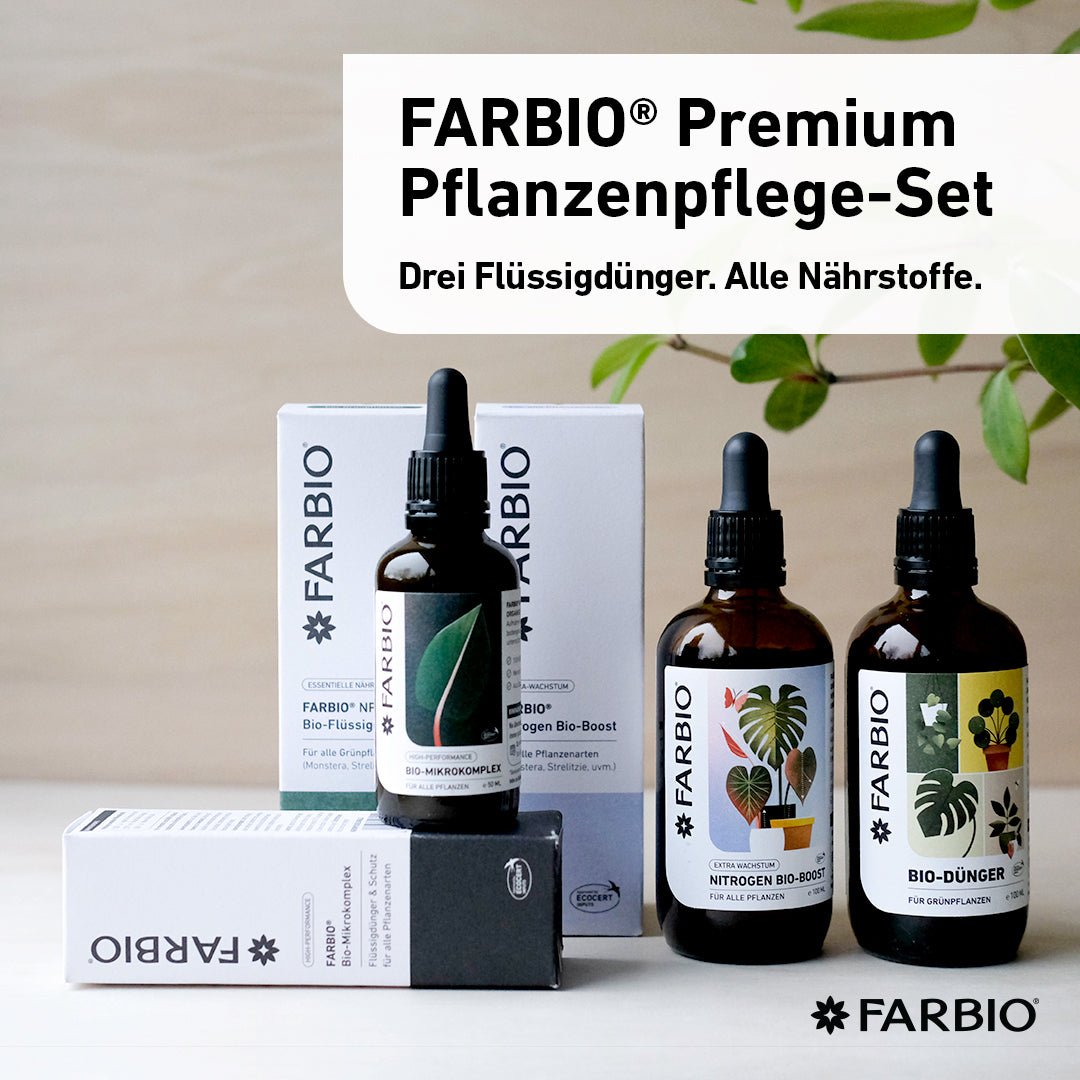In order for your houseplants to develop their full splendor, they need a suitable location. We'll explain here how to find one and what role light intensity and light quality play.
Why is the right location for houseplants so important?
The right place is crucial for the well-being and growth of your houseplants. They are living things that require certain environmental conditions to stay healthy. An unsuitable location can lead to growth disorders, diseases and, in the worst case, the death of your houseplant.
- Growth and development: Plants require specific light, temperature and humidity conditions to photosynthesize and grow. An incorrect location can impair these processes.
- Health and vitality: An optimal location promotes resistance to pests and diseases. Plants that are under stress are more susceptible to infestation and infections.
- Aesthetics: A healthy plant not only looks better, but also contributes to the interior design and atmosphere. The right location for your houseplants ensures that they can develop their full beauty.

Why do plants need light?
Light is essential for plants' survival because it is the energy source for photosynthesis. This process is how plants convert light energy into the chemical energy they need to grow and survive.
Photosynthesis uses light energy to convert carbon dioxide and water into glucose and oxygen. This glucose then serves as an energy source.
Light also affects the formation of flowers and fruits. A lack of light can cause plants not to flower or bear fruit.
Chlorophyll is the green pigment in plants that absorbs light. Without enough light, not enough chlorophyll can be produced, resulting in pale or yellow leaves.
Indirect vs. direct sunlight – what’s the difference?
Plants have different requirements when it comes to light intensity, so it's important to understand what indirect and direct sunlight means and how it affects your houseplants.
Direct sunlight
This light comes unhindered and directly from the sun. It is intense and can heat plants quickly. Succulents and cacti love this light.
Indirect sunlight
Here the light is filtered through an obstacle, such as a curtain or a wall. Therefore it is less intense and suitable for many houseplants such as Philodendron and Monstera.
Location selection
So for plants that prefer indirect light, a place near a window is ideal, where the light is diffused. Plants that need direct sunlight should be placed directly next to a window facing south or west.

Sunny locations
Sunny locations provide intense, direct sunlight for several hours a day and are ideal for plants that require a lot of light.
- Suitable plants: Cacti and succulents thrive in sunny locations. They are used to high light intensity and can tolerate full sun.
- Choice of location: On the windowsill or areas right next to a south or west window are perfect for sun-loving plants. Make sure the plants have enough space.
- Care instructions: Make sure the soil does not dry out too quickly and water regularly. Protect sensitive plants from intense midday sun to avoid burns.

Partially shaded locations
A partially shaded location is a spot with only a few hours of direct sunlight or filtered light throughout the day. Most houseplants prefer this moderate light.
- Suitable plants: Among green plants in general, the gold fruit palm, the philodendron and the money plant are suitable for these places. They thrive in indirect light or short periods of direct sun. Most plants cope well with this.
- Choice of location: East or north windows are good because they offer less direct sunlight. Rooms that only get sun in the morning or evening are also ideal.
- Care instructions: Keep the soil evenly moist, but avoid waterlogging. Check your houseplant regularly for signs of lack of light, such as pale or yellow leaves.

Shady locations
Shady locations receive very little direct light and are therefore suitable for plants that are adapted to low light conditions.
- Suitable plants: Snake plants, lucky bamboo and some types of fern are suitable for shady places. These plants do not need much light and grow rather slowly.
- Choice of location: Typical darker places are rooms far from windows or only artificially lit. Bathrooms with small windows or rather dark hallways can also be suitable. However, remember that plants always need some light to thrive.
- Care instructions: Water sparingly, as darker locations are often cooler and more humid. Make sure to dust the leaves regularly so that they can make the most of the available light.
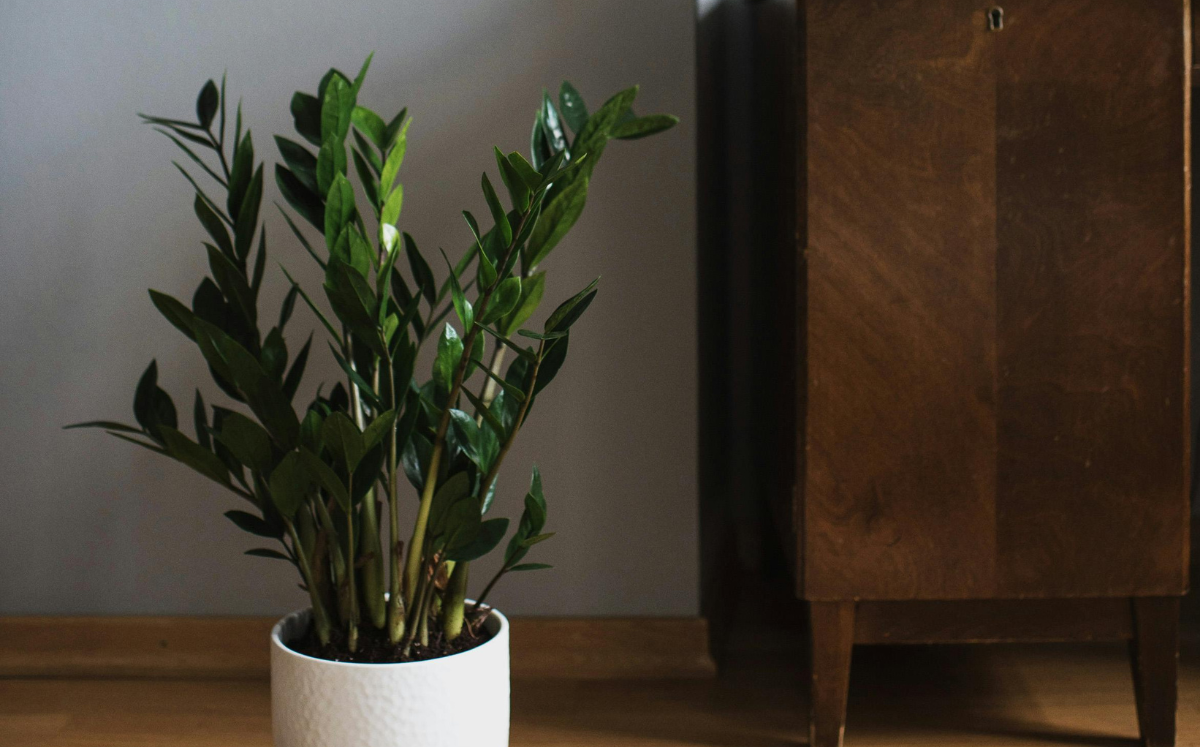
The right place for your plants in the living room
The perfect location depends not only on the lighting conditions, but also on the individual needs of your plants and the room climate.
Kitchen: This is often warm and humid, making it ideal for tropical houseplants such as orchids and ferns. Make sure they get enough light and are not exposed to too much draft.
Living room: Bright rooms with large windows offer many possibilities. Large plants such as Monstera or Ficus look good in corners of the room with indirect light.
Bedroom: Houseplants like Aloe Vera or Sansevieria are good because they produce oxygen at night. Make sure they get enough light, but aren't in the way.
Bathroom: Plants that like high humidity, such as bromeliads and ferns, are ideal. Make sure they get some fresh air from time to time.
Which houseplants need little light?
There are a variety of houseplants that thrive in low light. These plants are ideal for darker rooms or corners without direct sunlight.
Sansevieria (Snake plant): This plant is very robust and can survive in almost any light conditions. It requires little water and care.
Zamioculcas (Zanzibar gem): This easy-care plant needs little light and only needs to be watered occasionally.
Aspidistra (Cobbler palm): The Cobbler palm is known for its tolerance to low light conditions and is almost indestructible.
Spathiphyllum (Peace lily): The peace lily thrives even in dimly lit rooms and is known for its air-purifying properties.

This houseplant likes it bright on the south window
Some plants thrive particularly well in direct sunlight and are ideal for locations directly next to a south-facing window.
Aloe vera, Echeveria and Pigmyweeds love direct sunlight and develop their full color splendor with sufficient light.
Cacti are used to intense sunlight and feel particularly comfortable in bright light. They require little water and are very easy to care for.
Hibiscus needs a lot of light to bloom. A place near a south-facing window guarantees enough sunlight and magnificent flowers.
Bougainvillea is a flowering plant that loves lots of sun and brings a tropical flair to your home. Make sure it gets enough water, especially during the growing season.
In this video we explain the plant care basics – for your green thumb!



